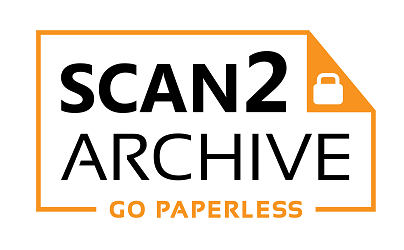WHICH FILE FORMAT IS BEST FOR ME?
So you’ve decided to tackle the mountain of paper in your office and digitise your files. The next decision you need to make is to choose what format they should be saved in once scanned by a professional document scanning service provider. Files come in many formats. The most common formats we provide to our customers are PDF files, TIFF Files, and JPG files. Each has its own advantages and disadvantages so carefully consider your organisation’s needs when deciding which format to use.
The Portable Document Format (PDF) is a versatile file format that allows single or multiple pages to be stored in one file. The files can also be made searchable so users can easily find information using keywords without having to read through every page. PDFs can be compressed so that file sizes are reduced in for when storage is an issue. Perhaps due to its versatility, PDF files are ubiquitous and are widely used.
The Tagged Image File Format (TIFF or TIF) is a format that results in large file sizes. TIF is best suitable for high-quality files such as historical documents and other highly detailed documents. Like PDFs, TIF files can contain single or multiple pages. The files however, can not be made searchable. If file size or storage is an issue, lossless compression techniques can be used without any loss of data or clarity.
Finally, there is the JPG. JPEG or JPG files are commonly used for photos. The acronym stands for the Joint Photographic Experts Group who created the standard in 1992. As with TIF, these files can’t be searched but are highly compressible. JPGs are also limited to single pages. JPGs are best used for photographs or documents where sharp contrasts are minimal.
Contact Scan2Archive today to learn more about our document scanning services and determine which file format best suits your company’s needs.




